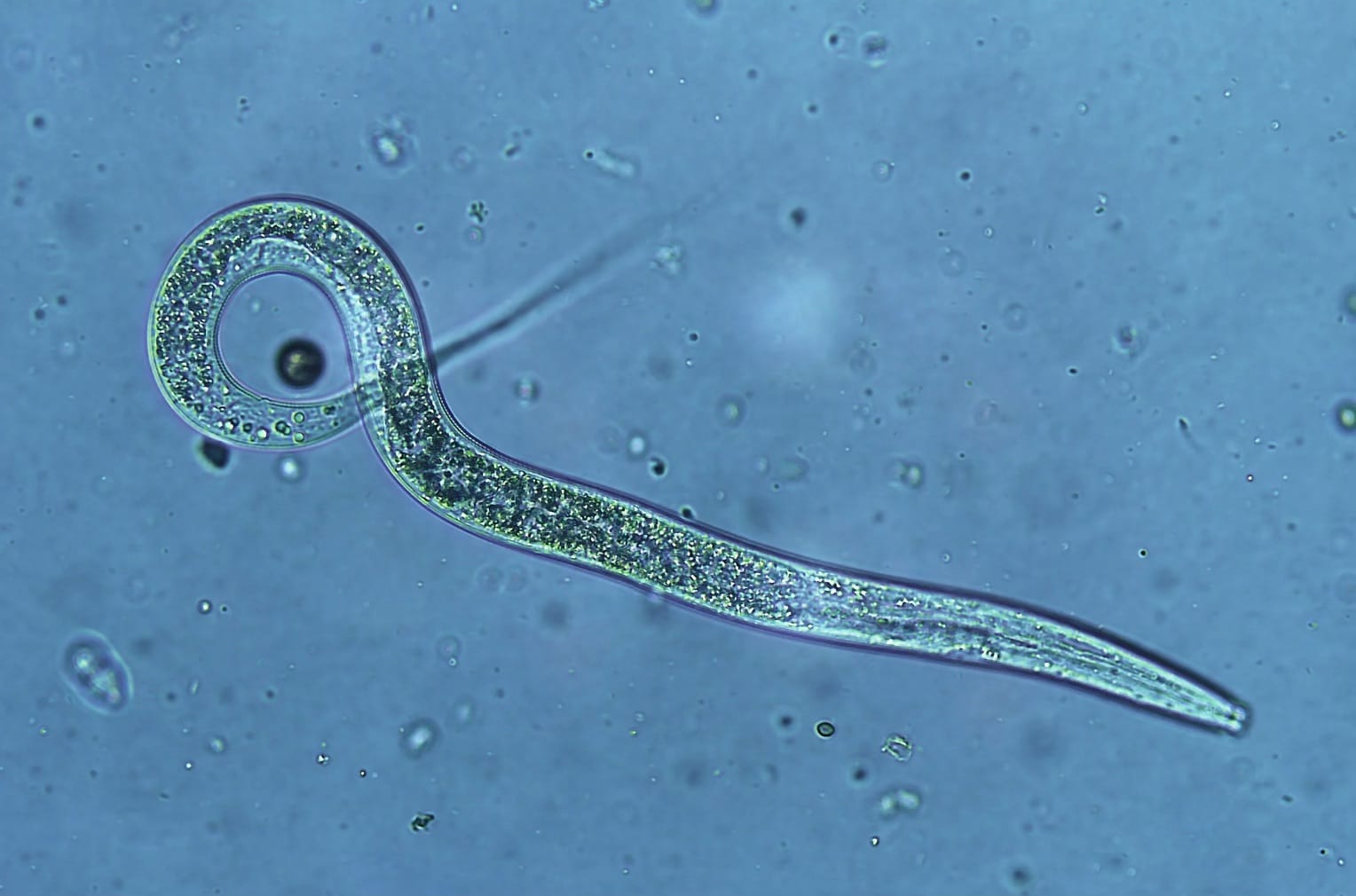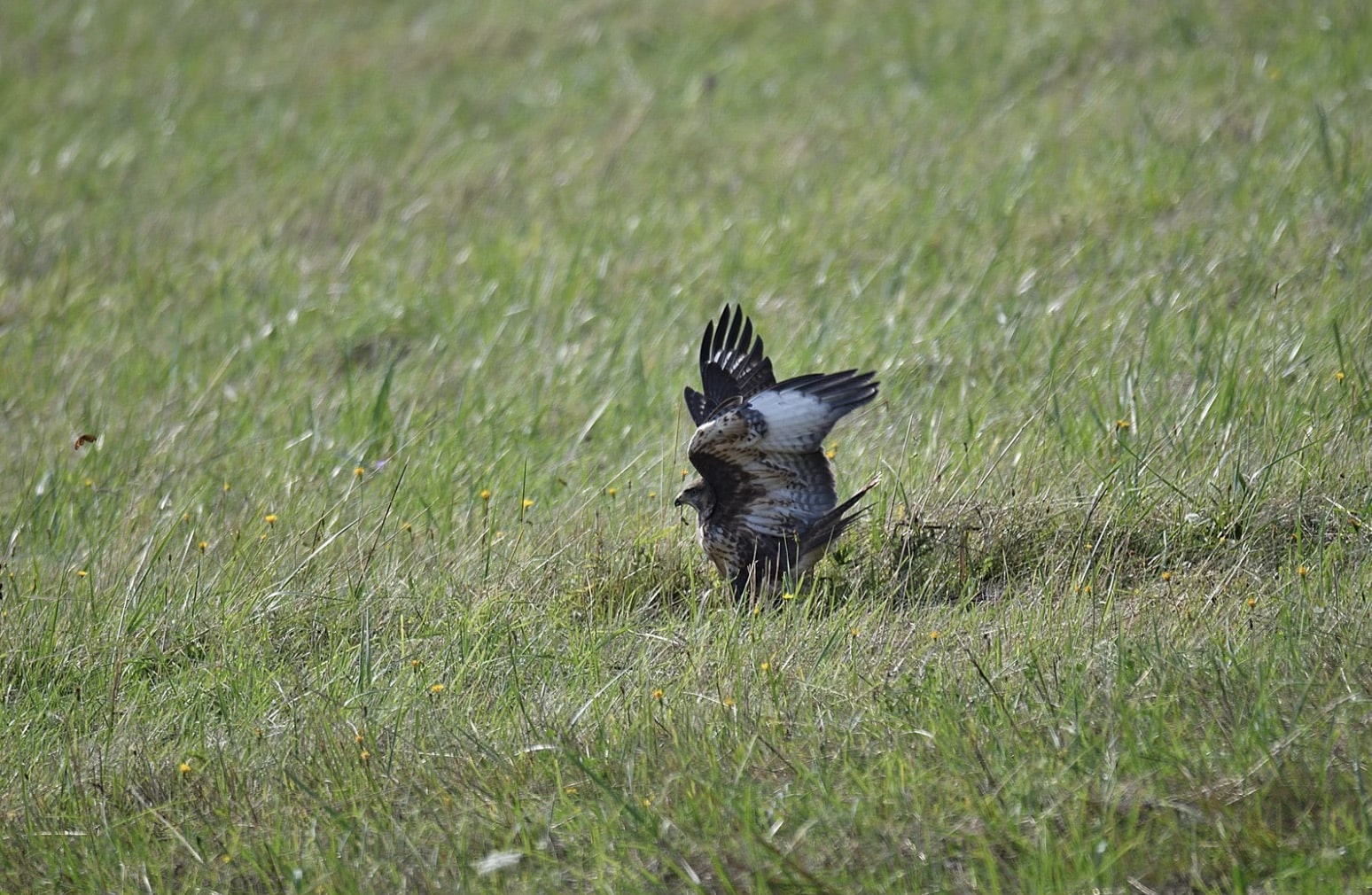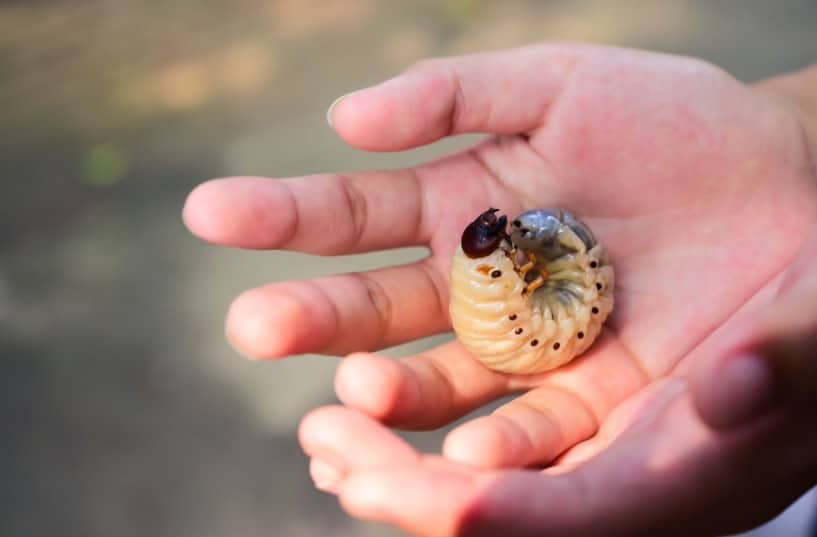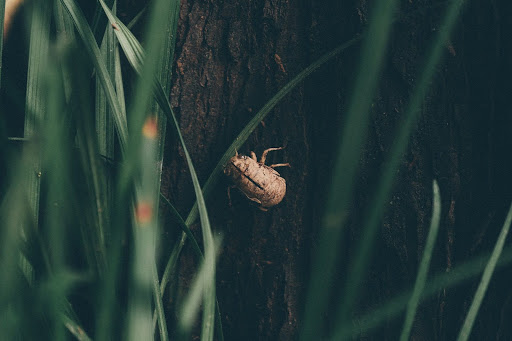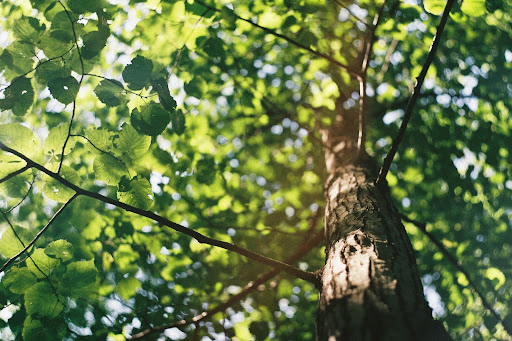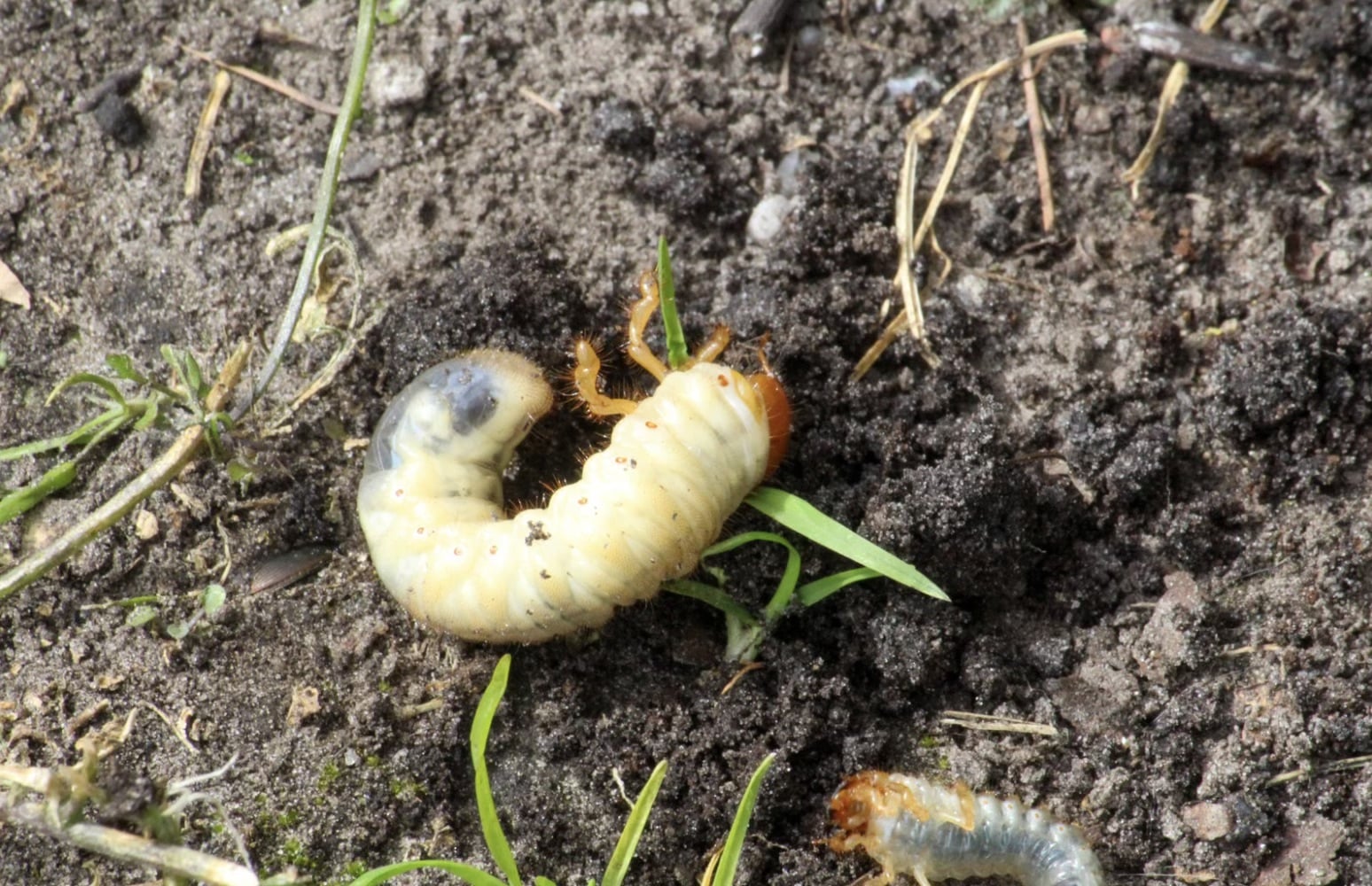
Date April 14, 2025
Category
Grubs in your tree roots and shrubs can cause significant damage to your lawn’s ecosystem if left untreated. These larvae feed on plant roots, weakening your trees and shrubs while creating unsightly patches in your grass.
Several effective treatment options exist for controlling grubs, including chemical solutions like Bayer Complete Insect Killer and natural alternatives such as beneficial nematodes.
Addressing a grub infestation promptly helps protect your entire landscape from deterioration.
You might notice increased wildlife activity in your yard—birds, squirrels, or other animals digging for these protein-rich morsels—which signals a potential problem beneath the surface.
Understanding the life cycle and behavior of these pests will guide you toward the most appropriate and timely intervention for your specific situation.
1. Apply Bayer Complete Insect Killer
Bayer Complete Insect Killer is an effective solution for controlling grubs that damage tree roots and shrubs in your lawn. This product comes in both granular and liquid forms, allowing you to choose the application method that works best for your situation.
Before applying the treatment, water your garden area the day before. This encourages grubs to move closer to the surface, making the insecticide more effective when it penetrates the soil.
For maximum results, you need to water the product in thoroughly right after application. This helps the active ingredients reach the tree root zone where grubs feed and cause harm.
When targeting grubs specifically around trees and shrubs, focus the application near the root zones rather than spreading it across the entire lawn. The treatment works systematically to protect the roots from these destructive pests.
Always follow the product label instructions carefully, as application rates may vary depending on the specific pest problem affecting your trees and shrubs.
2. Use Hi-Yield Systemic Insect Spray
Hi-Yield Systemic Insect Spray offers an effective solution for eliminating grubs that damage tree roots and shrubs. This product works by being absorbed through the roots and then circulating throughout the entire plant system.
Application is straightforward – simply attach the ready-to-spray bottle to your garden hose and treat the area around your affected trees and shrubs. The systemic nature of this insecticide means it protects the plant from within rather than just treating surface problems.
For best results against grubs, apply this treatment early, before they hatch and begin their destructive feeding on root systems. The protection typically lasts 2-4 weeks, creating a defensive barrier for your valuable trees and ornamental shrubs.
You can use this versatile product on various trees, shrubs, and flowers in your landscape. Remember to follow label instructions for proper application rates and timing to maximize effectiveness against root-destroying grubs.
3. Mix borax with water as a DIY solution
Borax, a common household cleaner, offers an affordable solution for grub problems affecting your tree roots and shrubs. You can create an effective DIY spray by mixing 1 tablespoon of borax with a quart of warm water. For larger infestations near valuable trees and shrubs, consider mixing 4 tablespoons with 2 quarts of water.
Apply this mixture directly to the soil around affected trees and shrubs where you’ve noticed grub activity. The solution works by disrupting the grubs’ digestive systems when they come into contact with it.
Focus your application on areas where you’ve spotted damaged roots or disturbed soil near woody plants.
Pour or spray the borax solution generously around the base of trees and shrubs, ensuring the mixture penetrates into the soil where grubs feed on roots.
Repeated applications may be necessary during severe infestations, but use caution—excessive borax can harm beneficial soil organisms that support your trees’ health.
4. Introduce beneficial nematodes to the soil
Beneficial nematodes offer a natural solution for controlling grubs that damage tree roots and shrubs in your lawn. These microscopic organisms seek out and kill over 200 pest insects in the soil, including beetle larvae that feed on plant roots.
To apply nematodes effectively, timing matters significantly. Wait for soil temperatures to warm and moisten the soil before application. This creates ideal conditions for nematodes to move through the soil and locate grubs.
Mix the nematodes according to package directions, typically with water in a sprayer. Apply them in the evening or on cloudy days since UV light can harm these helpful organisms.
Water the area lightly after application to help nematodes penetrate the soil.
You’ll see results within about 48 hours as the nematodes infect and kill grubs. Dead grubs typically appear swollen and opaque.
This biological control method works well around trees and shrubs without using harsh chemicals.
5. Apply Milky Spore for long-term control
Milky spore disease offers an eco-friendly approach to managing grubs that attack your tree roots and shrubs. This biological control agent works specifically against Japanese beetle larvae beneath the soil surface. You can purchase milky spore at most garden centers as a powder or granular formulation.
For protecting your woody plants, apply milky spore directly to the soil around trees and shrubs where grubs feed. The bacteria infect the grubs when ingested, causing them to develop a milky-white appearance before they die.
Be aware that milky spore requires patience. According to search results, it may take up to three years of consistent application to establish effective control. Once established, though, the protection can last for years.
Apply the product during warm soil conditions when grubs are actively feeding near tree roots.
Follow package instructions for application rates around your valuable plants. This natural solution helps create long-term protection for your trees and shrubs without harmful chemicals.
6. Let natural predators handle the grubs
Nature has its own pest control system that you can leverage against grubs. Birds like robins, starlings, and blue jays actively search for and feast on grubs around your trees and shrubs.
Certain mammals also help in controlling grub populations. Moles, skunks, and raccoons dig for these protein-rich snacks, though their enthusiastic digging might sometimes disrupt your landscape.
You can attract these natural predators by creating a wildlife-friendly yard.
Install bird baths near affected trees and shrubs, or place a few shallow dishes of water around your garden.
Consider adding birdhouses or perches near areas with grub problems. These structures give birds places to rest while they hunt for grubs damaging your tree roots and ornamental shrubs.
Some beneficial insects like ants and certain wasps also prey on grubs. Maintaining a diverse garden ecosystem helps sustain these helpful insects that will assist in reducing grub numbers around your valuable plants.
7. Water the lawn deeply and infrequently
Proper watering practices can significantly reduce grub populations around your trees and shrubs. Grubs require moisture to survive, so creating an artificial drought makes your garden less hospitable to them.
When you water deeply but infrequently, you encourage tree and shrub roots to grow stronger and deeper. This helps plants withstand grub damage better than those with shallow root systems.
Shallow, frequent watering creates perfect conditions for grubs to thrive near tree roots and shrubs.
By spacing out your watering sessions to once or twice a week with deeper soaking, you force grubs to work harder for hydration.
This method also promotes healthier plants that can better resist grub infestations. Your trees and shrubs will develop more robust root systems that can withstand occasional grub pressure without significant damage.
8. Maintain healthy lawn practice for resilience
A robust lawn naturally withstands grub attacks on tree roots and shrubs.
You should mow your grass higher—at least 2 inches—which promotes deeper root growth that can better survive when grubs target nearby trees and shrubs.
Proper soil testing every 2-3 years helps you apply exactly what your plants need.
Avoid over-fertilizing, as this can create weak growth that’s more susceptible to grub damage, particularly around the base of trees and ornamentals.
Reduce irrigation frequency but water deeply when you do. This encourages trees and shrubs to develop deeper root systems less vulnerable to surface-feeding grubs. Your woody plants will establish stronger connections to the soil.
Natural predators like ground beetles can help protect your landscape.
You can attract these beneficial insects by maintaining diverse plantings around your trees and shrubs, creating a natural defense system against grubs.
9. Rotate between different control methods
Shifting between various grub control techniques prevents these pests from developing resistance to any single method.
You might apply milky spore one season, then use beneficial nematodes the next. This rotation keeps the grubs guessing and improves your long-term success rate.
Try alternating between biological controls like Bacillus thuringiensis and physical methods such as hand-picking or soil tilling around your trees and shrubs. The varied approach disrupts different life cycle stages of the grubs.
When protecting your valuable trees and shrubs, this rotation strategy proves particularly important.
Grubs feeding on tree roots can cause significant damage before you notice above-ground symptoms.
Include periodic soil examination as part of your rotation plan. This helps you assess which control methods are working best for your specific tree and shrub areas.
10. Use neem oil to disrupt lifecycle
Neem oil offers a natural way to combat grubs threatening your tree roots and shrubs. This plant-based insecticide works by interrupting the life cycle of grubs, preventing them from maturing into adults that lay more eggs.
Apply neem oil directly to the soil around affected trees and shrubs where grubs feed.
For maximum effectiveness, remove the top layer of mulch before application, then replace it afterward.
Mix the neem oil with a small amount of soap and water in a separate container first to help it emulsify properly. This improves the oil’s ability to spread evenly through the soil.
Regular applications are necessary for complete control.
Plan on treating the area two to three times yearly until all stages of the grub lifecycle are eliminated.
Focus your efforts on the egg-laying season for best results.
A Healthy Lawn Is Just a Few Steps Away
By following these 10 pro tips, you can effectively eliminate grubs and maintain a healthy, vibrant lawn. Consistent care and the right strategies will ensure your yard remains grub-free and thriving.
For professional assistance and expert advice on how to get rid of grubs in your lawn, Treenewal is here to help. Contact us at (817) 809-3263 to transform your lawn today!
